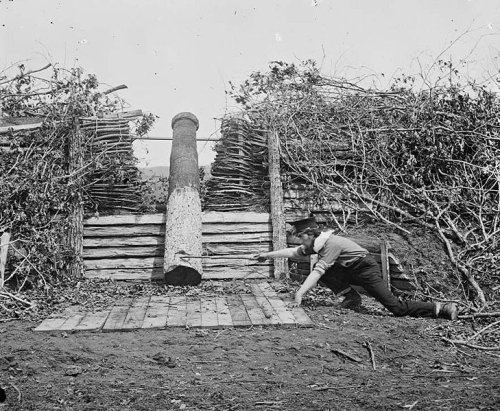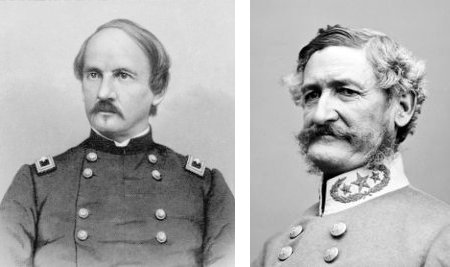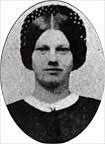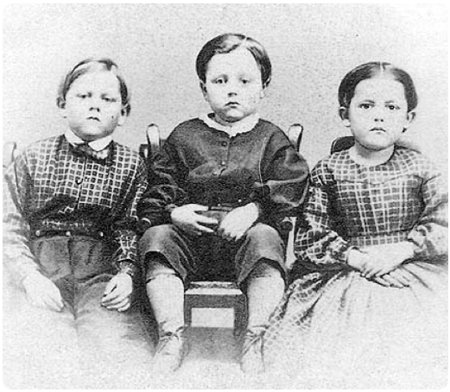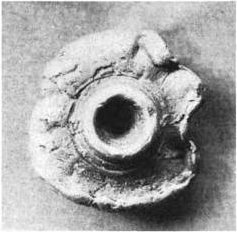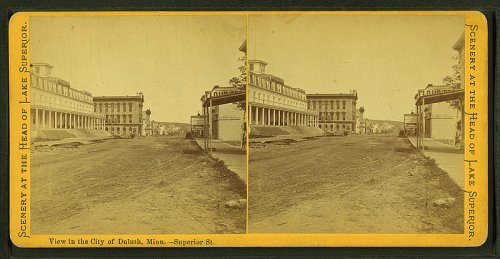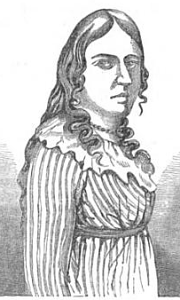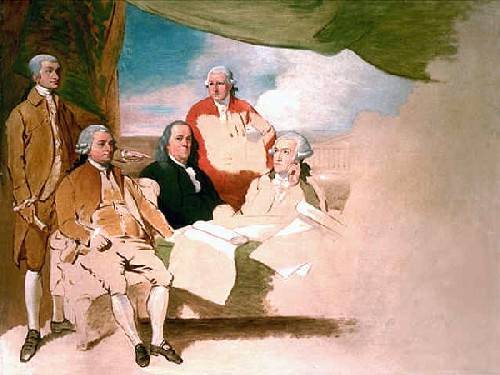
Benjamin West undertook this painting of the Treaty of Paris at the end of the American Revolution. The British delegation refused to pose, so he had to abandon it.
As its colonies and dominions won independence, Britain faced a curious legal problem: How can a sovereign release a subject from subjection? If it passes a law, then implicitly the law might someday be repealed, “revoking” the new state’s freedom. And if Parliament promises never to do this, then it’s denying the power of the British people to change their own laws. The 1931 Statute of Westminster solemnized Britain’s intent never again to legislate for the colonies, but in 1935 Parliament ruled that the statute could in principle be repealed. “This was a world-class cartoon of the child with flypaper on its fingers trying to shake it off,” writes Peter Suber in The Paradox of Self-Amendment. “England was learning that it is paradoxical to command another to be free or even to offer another their freedom as a gift.”
In the Philippine Independence Act of 1934, the United States promised that, when a suitable Philippine constitution was ratified, “the United States shall by proclamation withdraw and surrender all right of possession, supervision, jurisdiction, control, or sovereignty then existing and exercised by the United States in and over the territory and people of the Philippine Islands …” But, like Westminster, this is only a statute, and unless Congress can bind itself irrevocably, it might be repealed at any time. Suber writes, “If after a certain time repeal would have no effect on the independence of the former dependent, which is almost certainly the case, then legal formalism cannot explain the source of the independence.”

